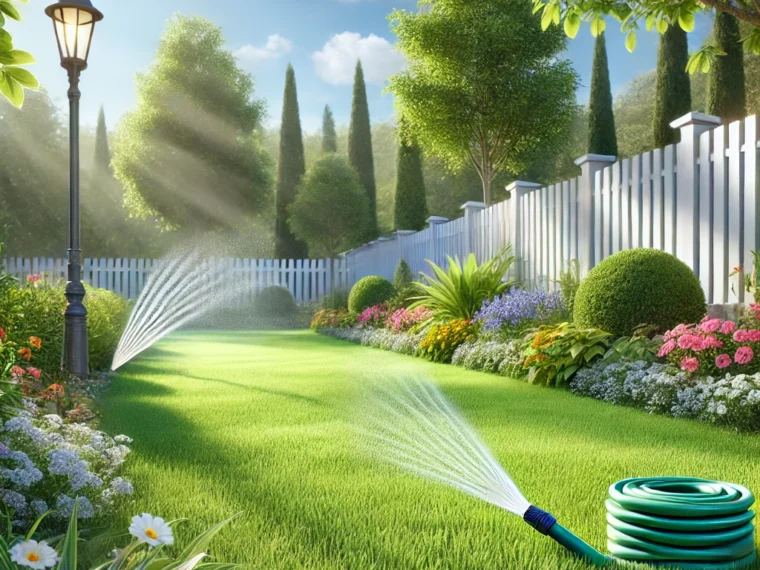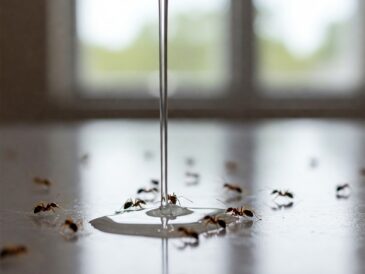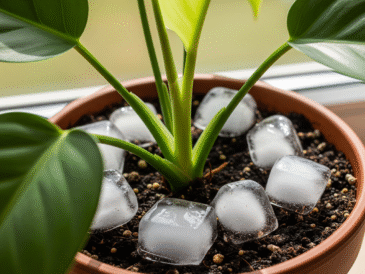- Check for Pests and Diseases
Grubs, chinch bugs, and fungal diseases like brown patch or dollar spot can damage your lawn. Inspect brown areas closely, and treat infestations with the appropriate insecticides or fungicides. - Reseed Thin Patches
For areas that have thinned out or browned, overseed with the same grass type to restore the lawn’s uniformity. - Avoid Dog Damage
Pet urine can cause yellow or brown patches. Train your pets to use a designated area, and water those spots immediately to dilute the urine.
5. Seasonal Lawn Care Tips
Adjust your lawn care routine based on the season to keep it vibrant year-round.
- Spring
- Aerate and fertilize the lawn to prepare it for active growth.
- Remove any thatch buildup (a layer of dead grass) that blocks water and nutrients.
- Summer
- Water consistently, especially during heat waves.
- Avoid mowing the grass too short, as it can stress the lawn in hot weather.
- Fall
- Overseed the lawn to fill in any bare spots.
- Apply a winterizing fertilizer to strengthen grass roots.
- Winter
- Minimize foot traffic on dormant grass to avoid compaction.
- Clear away debris like leaves to prevent mold and fungus.
6. Prevent Overcrowding
A thick lawn may look ideal, but overcrowding can lead to competition for resources. Thin out overly dense grass with a dethatching rake or by overseeding strategically.
7. Use Mulch Wisely
Mulching flower beds and borders helps retain soil moisture and prevents runoff. Ensure the edges of your lawn are properly mulched to reduce water loss and keep nearby grass healthy.
Conclusion
The secret to keeping your lawn from turning brown lies in understanding its needs and maintaining it with care. By watering deeply, promoting soil health, mowing smartly, and addressing specific issues, you can enjoy a lush, green lawn throughout the year. With consistency and attention to detail, you’ll be the proud owner of the most vibrant lawn on the block!




